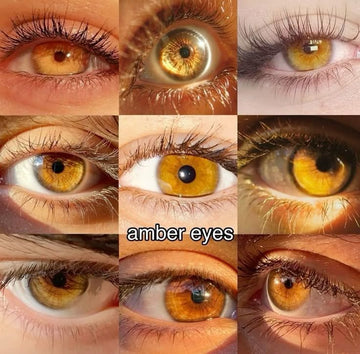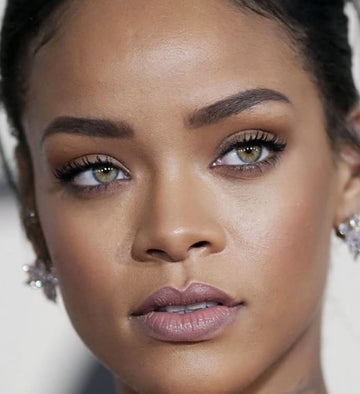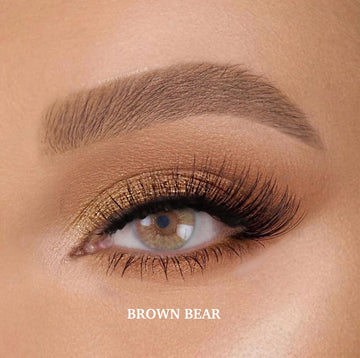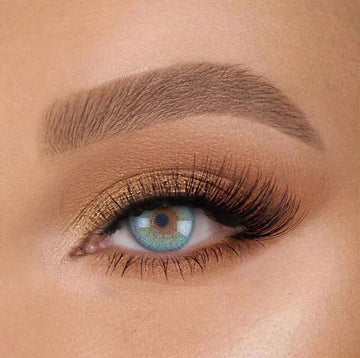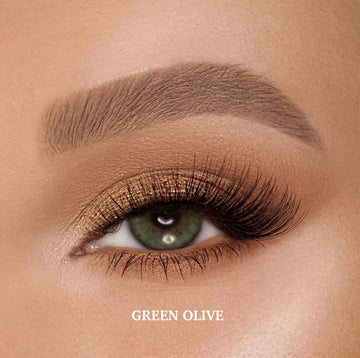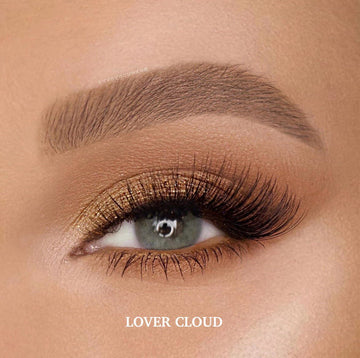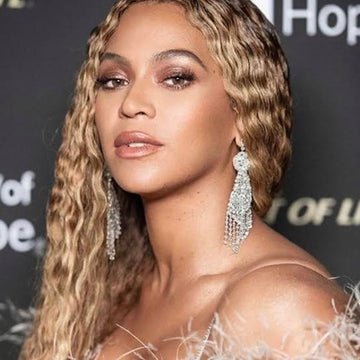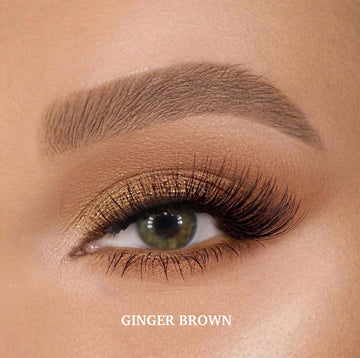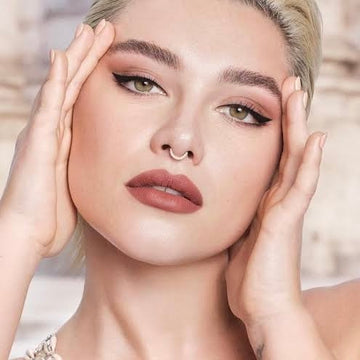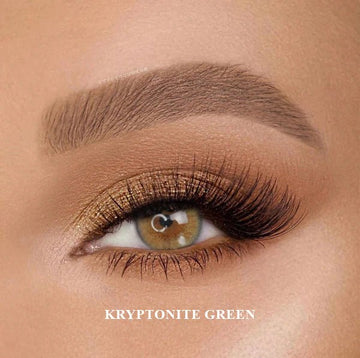What Are Amber Eyes? Rare Beauty Explained + How to Match the Look
Only about 5% of people have true amber eyes — here’s what makes them unique, how they compare to other eye colors, and how you can recreate the look with natural lens shades.
Amber eyes are one of the rarest and most mesmerizing eye colors in the world. With a natural golden or copper glow, they appear almost otherworldly — and only around 5% of people worldwide have them.

What Makes Amber Eyes So Unique?
Unlike brown or hazel eyes, amber eyes are a pure golden color. They’re not a mix of hues — instead, they have a rich yellow-brown or copper tone due to a pigment called pheomelanin (also known as lipochrome). This is the same pigment found in green eyes and red hair.
Amber eyes typically:
- Look like a warm honey or golden bronze color
- Maintain their glow in both sunlight and shade
- Appear lighter and more intense than brown eyes

How Rare Are Amber Eyes?
Only about 5% of the world’s population have amber eyes. That makes them rarer than hazel and brown eyes — and even slightly rarer than grey eyes. Amber eyes are most commonly found in:
- Southern Europe (like Spain, Italy, and France)
- The Middle East
- South America
- Parts of Asia and North Africa
Here’s a breakdown of global eye color rarity:
- Brown: 55%–79%
- Blue: 8%–10%
- Hazel: 5%
- Amber: 5%
- Grey: 3%
- Green: 2%
- Red/Violet: <1%
- Heterochromia: <1%
Amber Eyes Compared to Hazel, Green, and Brown Eyes
How Are Amber Eyes Different From Hazel Eyes?
Hazel eyes have a mix of green, brown, and sometimes gold. They can look different depending on lighting, with flecks or spots of different colors. Amber eyes are one solid color — golden or yellow-brown. They don’t change much in the light and don’t have green or other shades in them. If you’re asking, “How can I tell if I have amber eyes or hazel eyes?” — look for a pure golden color without any specks.

Are Amber Eyes Rarer Than Green Eyes?
Yes, both are rare — but green eyes are the rarest, making up just 2% of people. Amber eyes come next at about 5%. Green eyes have a cooler look with yellow and blue tones. Amber eyes are warmer and have more of a golden glow. They don’t have any green. So if you’re comparing amber eyes vs green eyes, just remember: green has more mix, amber is golden and solid.

How Are Amber Eyes and Brown Eyes Different?
Brown eyes are the most common eye color and look darker because they have more pigment called eumelanin. Amber eyes have more of a yellow pigment called pheomelanin, which gives them a warm, golden color. In natural light, amber eyes look brighter and more golden. Brown eyes usually look deep and rich but don’t reflect as much light.

Do Amber Eyes Appear in Animals?
Yes — in fact, amber eyes are more common in animals like:
- Cats
- Wolves
- Tigers
- Owls
The same pheomelanin pigment that gives some humans amber eyes is also found in these animals, giving them their famous glowing stare.

What Causes Amber Eyes?
Amber eyes are caused by a mix of pigments in the iris — especially one called pheomelanin. This yellow-colored pigment gives amber eyes their golden or coppery look.
Everyone’s eye color comes from the amount and type of melanin in the iris. Melanin is the pigment that also gives your skin and hair color. There are two types:
- Eumelanin: Makes eyes look brown or black
- Pheomelanin: Makes eyes look yellow-gold — this is what gives amber eyes their glow
People with amber eyes have less eumelanin and more pheomelanin, creating that yellowish-gold tint that stays bright even indoors. It’s a very unique eye color caused by genetic factors passed down through families.
Amber eyes reflect light differently than darker eyes, which is why they often appear to "glow" in photos or sunlight. This light reflection also helps you tell them apart from brown or hazel eyes.

Famous Celebrities with Amber Eyes
Although rare, some celebrities have this golden glow in their eyes — adding to their unique and captivating appearance. Here are a few famous names often noted for amber or amber-like eyes:
- Jennifer Lopez — her warm, light brown eyes often appear golden in sunlight
- Nicole Richie — known for her soft golden-brown amber eye color
- Eliza Dushku — actress with striking amber-toned eyes
- Justin Bieber — while his eye color shifts in photos, many claim an amber-like glow in certain light
- Camilla Luddington — subtle golden brown undertones in her eye color

How to Get the Amber Eye Look with Colored Lenses
If you're looking to recreate this stunning golden glow, try these bestselling colored contact lenses that give you an amber-like finish:
- Otaku Desire Honey — soft golden amber with no limbal ring
- Otaku Brown Sugar — rich honey-caramel blend for light brown/amber effect
- Otaku Ginger Brown — warm golden brown tones that enhance dark eyes beautifully
- Solotica Hidrocor Ocre — classic honey-toned amber lens

Frequently Asked Questions About Amber Eyes
Are amber eyes natural?
Yes — amber eyes are a rare natural eye color caused by high levels of pheomelanin in the iris.
Are amber eyes and hazel eyes the same?
No. Hazel eyes are multi-colored and may have green or brown flecks, while amber eyes are a solid yellow-golden tone.
Can I get amber eyes with contact lenses?
Yes! Colored contacts like Desire Honey and Brown Sugar can help you replicate the look of natural amber eyes, even if your natural color is dark.
What’s the rarest eye color?
Green eyes are considered the rarest, followed by grey, then amber. Amber eyes make up about 5% of the world’s population.
Do animals have amber eyes?
Yes! Many animals like cats, wolves, and owls have amber eyes due to the same pigments found in humans.
Want More Eye Color Inspiration?
Explore our other eye color blogs:
- What Color Are Kylie Jenner's Eyes?
- The Truth Behind Rihanna’s Eye Color
- 15 Actresses With Blue Eyes
- What Color Are Hazel Eyes Really?
Ready to glow? Explore our full collection of brown and amber-style contact lenses and find your perfect match.


